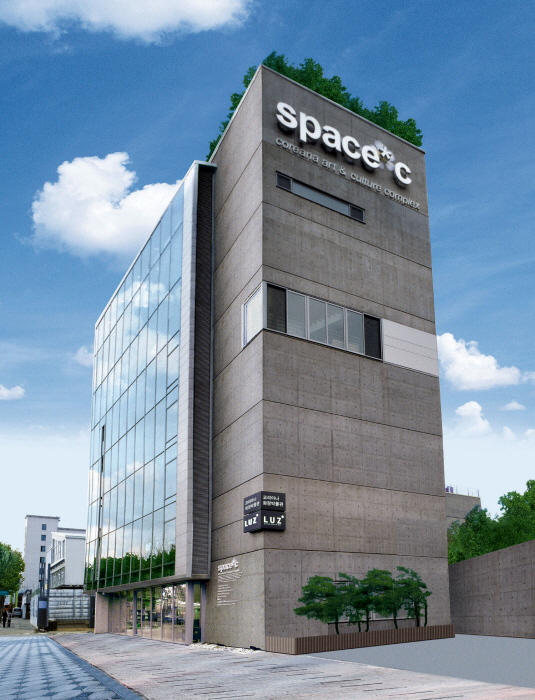Stylenanda - Garosu Branch [Tax Refund Shop] (스타일난다 가로수)
4.9Km 2024-04-22
22, Apgujeong-ro 8-gil, Gangnam-gu, Seoul
-
Coreana Art & Culture Complex (코리아나 화장박물관)
4.9Km 2021-01-25
827, Eonju-ro, Gangnam-gu, Seoul
+82-2-547-9177
Coreana Art & Culture Complex is the largest museum in Korea founded exclusively for cosmetics and was created to preserve and promote beauty items and the make-up culture of Korea. The museum is centered around the many beauty items collected over 40 years by Dr. Yu Sang-ok, one of the executive directors of Coreana Cosmetics. In particular, Culture Space C, which opened in 2003 in Sinsa-dong, showcases cosmetics in a multitude of themes, and even sends exhibitions overseas to promote Korean cosmetics on a global stage.
Samshin Diamond [Tax Refund Shop] (삼신다이아몬드 [사후면세점])
4.9Km 2024-04-22
124, Singomae-ro, Giheung-gu, Yongin-si, Gyeonggi-do
-
SI Alexander Wang - Cheongdam Branch [Tax Refund Shop] (SI 알렉산더왕 청담)
4.9Km 2024-04-18
8, Apgujeong-ro 60-gil, Gangnam-gu, Seoul
-
CU Cleanup Dermatology [Tax Refund Shop] (청담 클린업 피부과의원)
4.9Km 2024-06-27
2F, 832, Seolleung-ro, Gangnam-gu, Seoul
-
Hay - Garosu Branch [Tax Refund Shop] (헤이 가로수)
4.9Km 2024-04-18
34, Apgujeong-ro 14-gil, Gangnam-gu, Seoul
-
CheongKwanJang - Jangan Branch [Tax Refund Shop] (정관장 장안)
4.9Km 2024-04-18
120, Janghan-ro, Dongdaemun-gu, Seoul
-
Écru - Apgujeong Rodeo Branch [Tax Refund Shop] (에크루 압구정로데오)
4.9Km 2024-04-18
31, Dosan-daero 51-gil, Gangnam-gu, Seoul
-
![Stylenanda - Garosu Branch [Tax Refund Shop] (스타일난다 가로수)](http://tong.visitkorea.or.kr/cms/resource/37/2879637_image2_1.jpg)

![Samshin Diamond [Tax Refund Shop] (삼신다이아몬드 [사후면세점])](http://tong.visitkorea.or.kr/cms/resource/12/2879612_image2_1.jpg)

![True Sangsa [Tax Refund Shop] (트루상사)](http://tong.visitkorea.or.kr/cms/resource/09/2879609_image2_1.jpg)
![CU Cleanup Dermatology [Tax Refund Shop] (청담 클린업 피부과의원)](http://tong.visitkorea.or.kr/cms/resource/81/3314781_image2_1.jpg)
![Hay - Garosu Branch [Tax Refund Shop] (헤이 가로수)](http://tong.visitkorea.or.kr/cms/resource/64/2879664_image2_1.jpg)
![CheongKwanJang - Jangan Branch [Tax Refund Shop] (정관장 장안)](http://tong.visitkorea.or.kr/cms/resource/35/2889535_image2_1.jpg)
![Écru - Apgujeong Rodeo Branch [Tax Refund Shop] (에크루 압구정로데오)](http://tong.visitkorea.or.kr/cms/resource/60/2879560_image2_1.jpg)
 English
English
 한국어
한국어 日本語
日本語 中文(简体)
中文(简体) Deutsch
Deutsch Français
Français Español
Español Русский
Русский